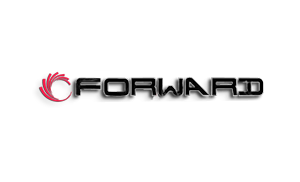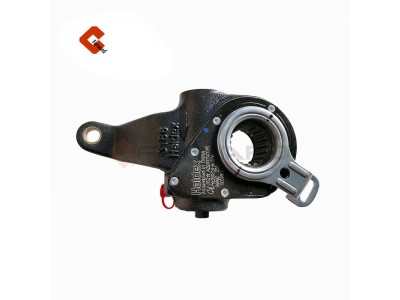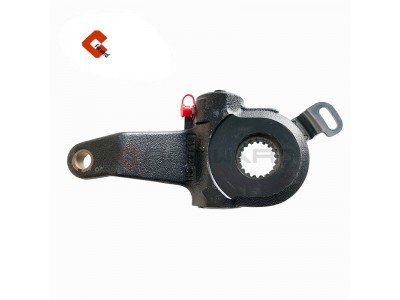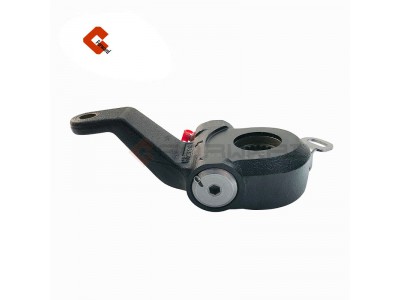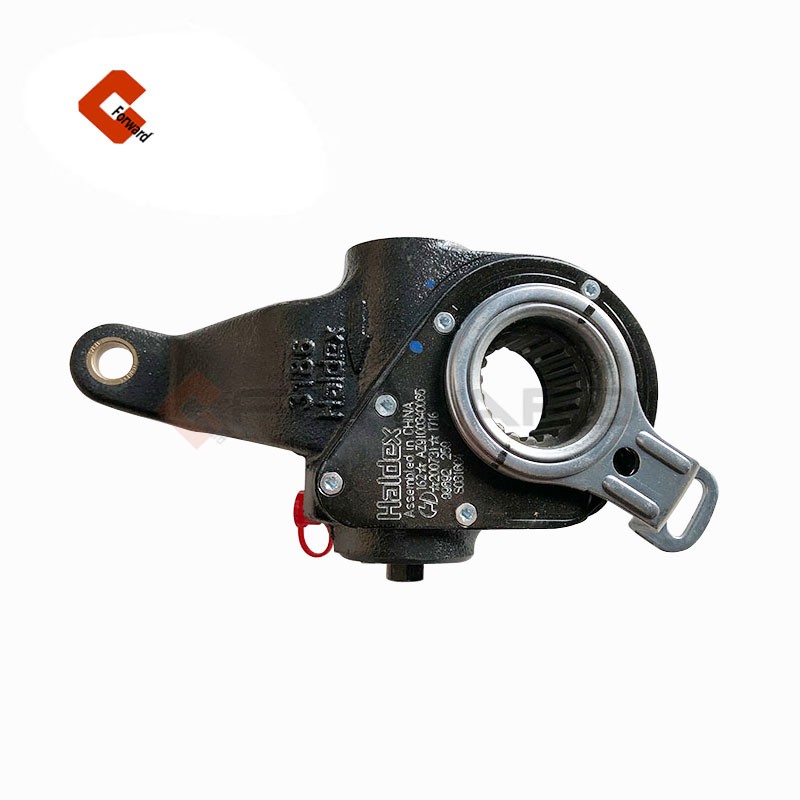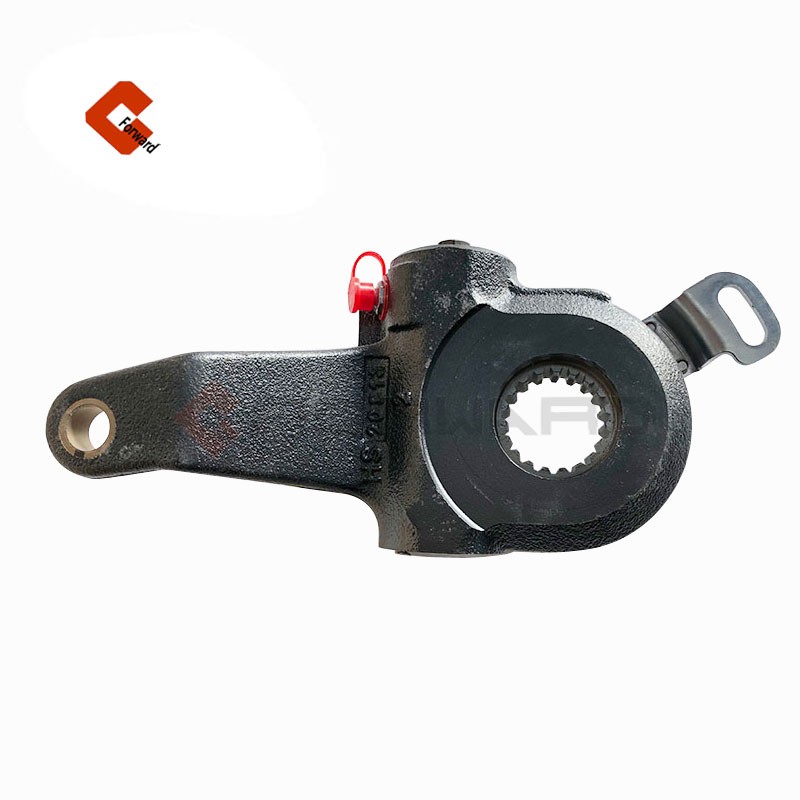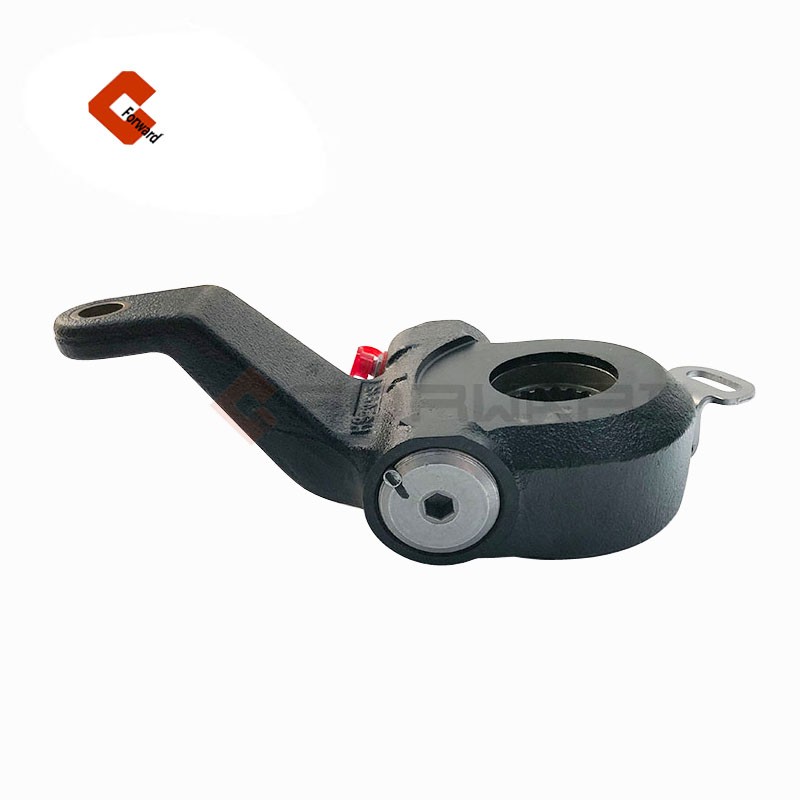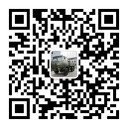1. Clearance Angle, corresponding to the normal clearance of brake drum and friction liner;
2, excess clearance Angle, corresponding to the increase of clearance due to friction lining wear;
3, elastic Angle, corresponding to the elastic caused by the brake drum, friction lining and brake pump and brake system power transmission.
The elastic Angle in the angular travel should be avoided as far as possible when the gap is automatically adjusted. If there is no difference
between the excess clearance Angle and the elastic Angle, it will be compensated at any time, which will cause excessive adjustment, so as to cause "drag grinding" or even "lock".
between the excess clearance Angle and the elastic Angle, it will be compensated at any time, which will cause excessive adjustment, so as to cause "drag grinding" or even "lock".
Automatic adjustment of arm working process
When starting to brake, adjust the arm to drive the camshaft to turn the clearance Angle and the excess clearance Angle, and accurately record the wear.
At this time, the CAM angular travel is in the clearance area, which is characterized by little change in braking torque.
At this time, the CAM angular travel is in the clearance area, which is characterized by little change in braking torque.
Continue to brake, the CAM angular travel into the elastic deformation zone, brake torque rises sharply, until the car stops. Release the pedal,
brake return, brake torque drops, CAM angular travel back to the clearance area. According to the excessive clearance recorded when braking,
the internal adjustment mechanism drives the camshaft to turn a certain Angle through the worm gear to complete an adjustment.
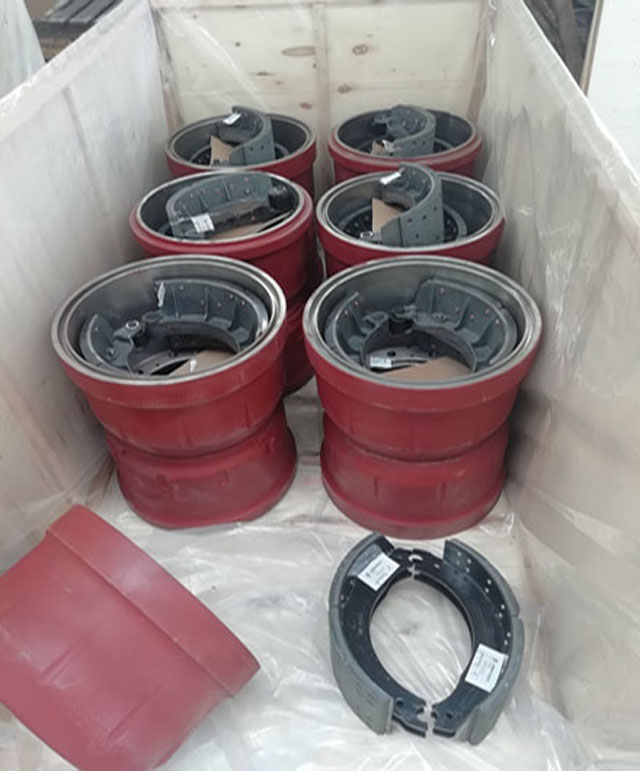
brake return, brake torque drops, CAM angular travel back to the clearance area. According to the excessive clearance recorded when braking,
the internal adjustment mechanism drives the camshaft to turn a certain Angle through the worm gear to complete an adjustment.

 二维码
二维码